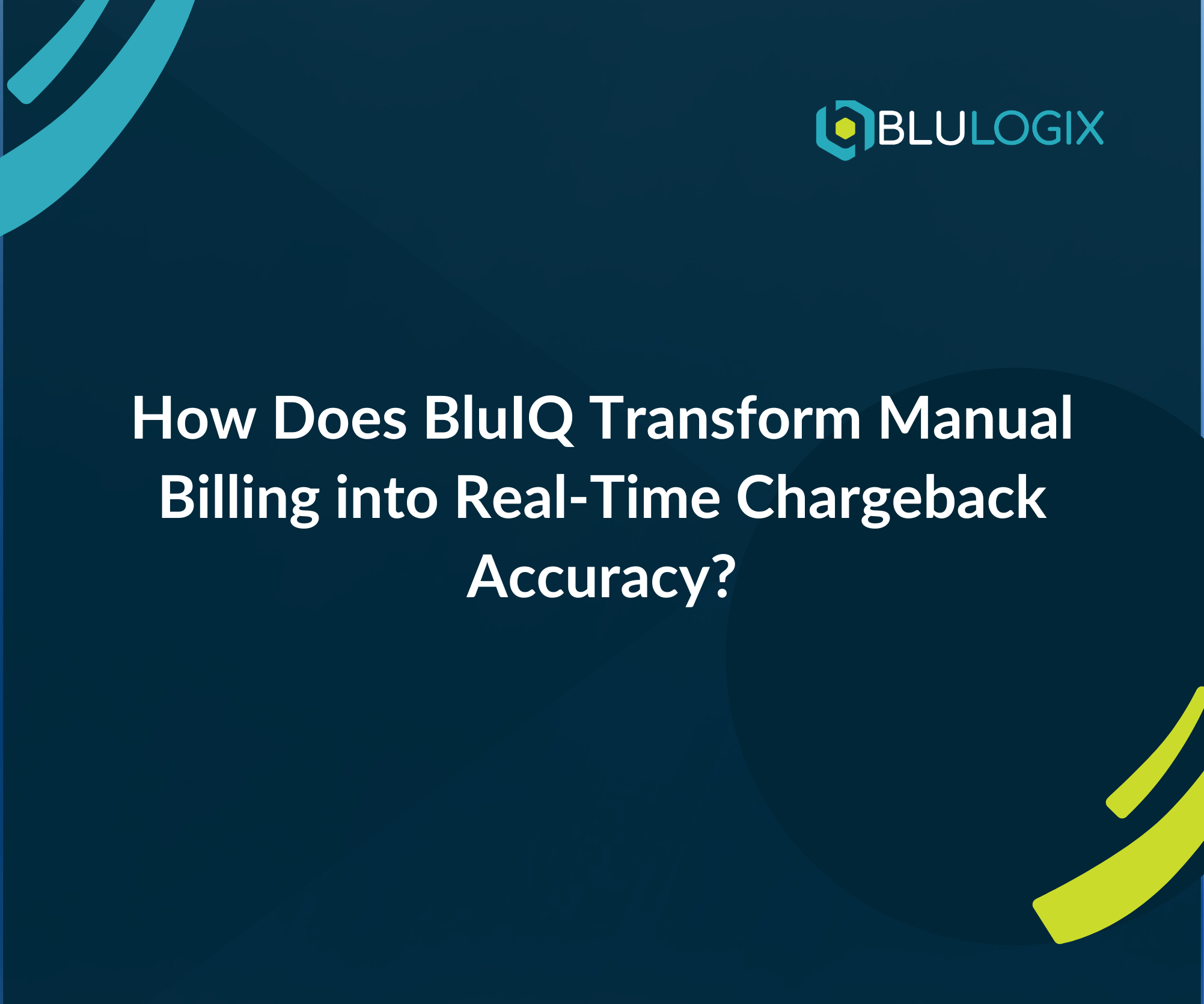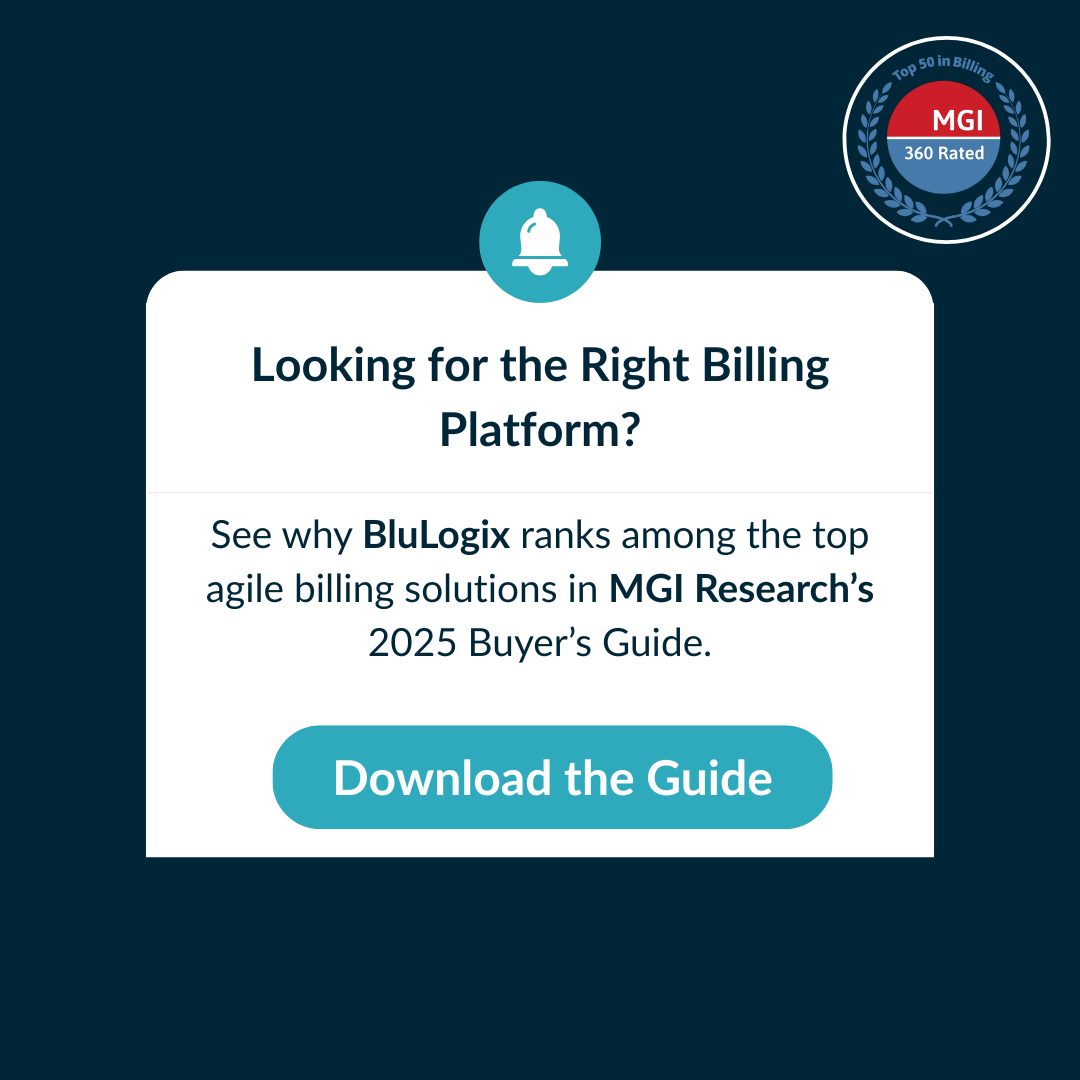Demystifying UBP: Models and Metrics – A Deep Dive into Your Pricing Playground
Welcome, B2B pioneers, to the playground of UBP models and metrics! While the idea of usage-based pricing might seem exhilarating, navigating its intricacies can feel like deciphering an ancient scroll. Fear not, intrepid explorers! This chapter will be your Rosetta Stone, unlocking the secrets of choosing the perfect model and metrics to craft a UBP strategy that sings your customers’ praises and fuels your growth engine.
Take your business further with BluIQ’s flexible, scalable, enterprise-grade intelligent billing solutions.
1. Tiered Usage: A Stairway to Customer Satisfaction
Imagine a majestic staircase, each step leading to a more breathtaking view. That’s the essence of tiered usage. Define usage bands (think low, medium, and high) and assign corresponding access levels to each tier. This caters to diverse customer needs, from the casual sippers to the guzzlers who need the whole fountain.
Benefits:
- Flexibility for customers: They choose the tier that matches their budget and usage habits. No more paying for features they don’t need!
- Predictable revenue for you: You can estimate income based on usage patterns within each tier, providing stability and peace of mind.
- Upsell opportunities: Offer enticing features in higher tiers, gently nudging customers to climb the staircase and unlock their full potential.
Challenges:
- Finding the sweet spot: Defining tier boundaries that are fair, profitable, and incentivize movement to higher tiers can be tricky.
- Value differentiation: Ensure each tier offers enough additional value to justify its price point, or risk customers feeling stuck on the bottom step.
2. Per-Unit Pricing: Precision by the Drop (or Click, or Call, or…)
This model is like a digital pedometer, meticulously tracking your customers’ every step (or click, or API call, or… you get the idea). You charge based on specific units of usage, like API calls, GBs of storage, or even active users. It’s all about transparency and fairness: your customers know exactly what they pay for, down to the decimal point.
Benefits:
- Granular control for customers: They can optimize their usage and avoid overspending by monitoring their unit consumption.
- Data-driven insights for you: Analyze usage patterns to understand customer behavior, identify popular features, and optimize your pricing strategy.
- Reduced churn risk: No more surprise charges or hidden fees. Customers appreciate the clarity and feel empowered to manage their spending.
Challenges:
- Choosing the right units: Identify the units that best reflect value delivered and align with your business goals. Don’t get lost in a sea of metrics!
- Competitive pricing: Set prices that are profitable for you while remaining competitive in the market. Striking this balance is key.
3. Hybrid Models: The Best of Both Worlds, United in Pricing Harmony
Why choose when you can have both? Hybrid models are like diplomatic treaties between UBP and fixed fees. You offer essential features at a base price, then let customers pay-as-they-go for additional usage. It’s a balanced approach, catering to both basic needs and the desire for flexible scaling.
Benefits:
- Reduced risk for customers: They have a guaranteed set of features even with low usage, minimizing the initial investment.
- Recurring revenue for you: Fixed fees provide a stable income base, while UBP generates additional revenue from active users.
- Incentivizes desirable usage: Customers are encouraged to explore additional features without feeling locked into a rigid plan.
Challenges:
- Finding the equilibrium: Striking the right balance between fixed and variable components is crucial. Don’t let fixed fees overshadow the potential of UBP.
- Aligning incentives: Ensure the hybrid model encourages customers to engage with UBP features and not just rely on the fixed offering.
4. Metric Selection: Your Compass to Customer Value and Growth
Choosing the right metrics is like picking the right stars to navigate by. They’ll guide you towards understanding customer value and aligning UBP with your specific business goals. Think of them as your personalized treasure map!
- Active users: Measures engagement and potential revenue. Are your customers just visiting or truly inhabiting your platform?
- Feature usage: Identifies popular features and opportunities for optimization. What features are lighting up the usage charts?
- API calls/storage/bandwidth: Tracks resource consumption and helps set per-unit prices with precision. Don’t overcharge for a trickle of data!
- Time spent on platform: Reveals customer engagement and potential for upselling. Are they spending hours exploring or just popping in for a quick peek?
Remember: Don’t get lost in a sea of data – choose the stars that shine the brightest for you. Select metrics relevant to your business
Take your business further with BluIQ’s flexible, scalable, enterprise-grade intelligent billing solutions.
Learn more

How AI and Predictive Analytics Are Transforming Revenue Processes for Finance Teams

How Can Public Sector Organizations Turn Chargeback into Strategic Cost Recovery?



